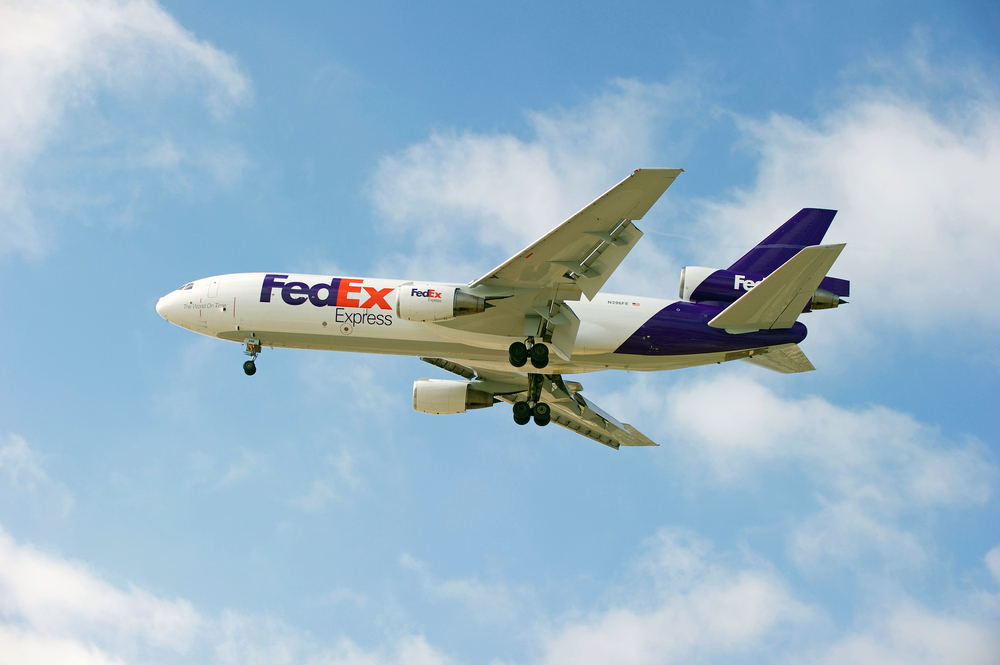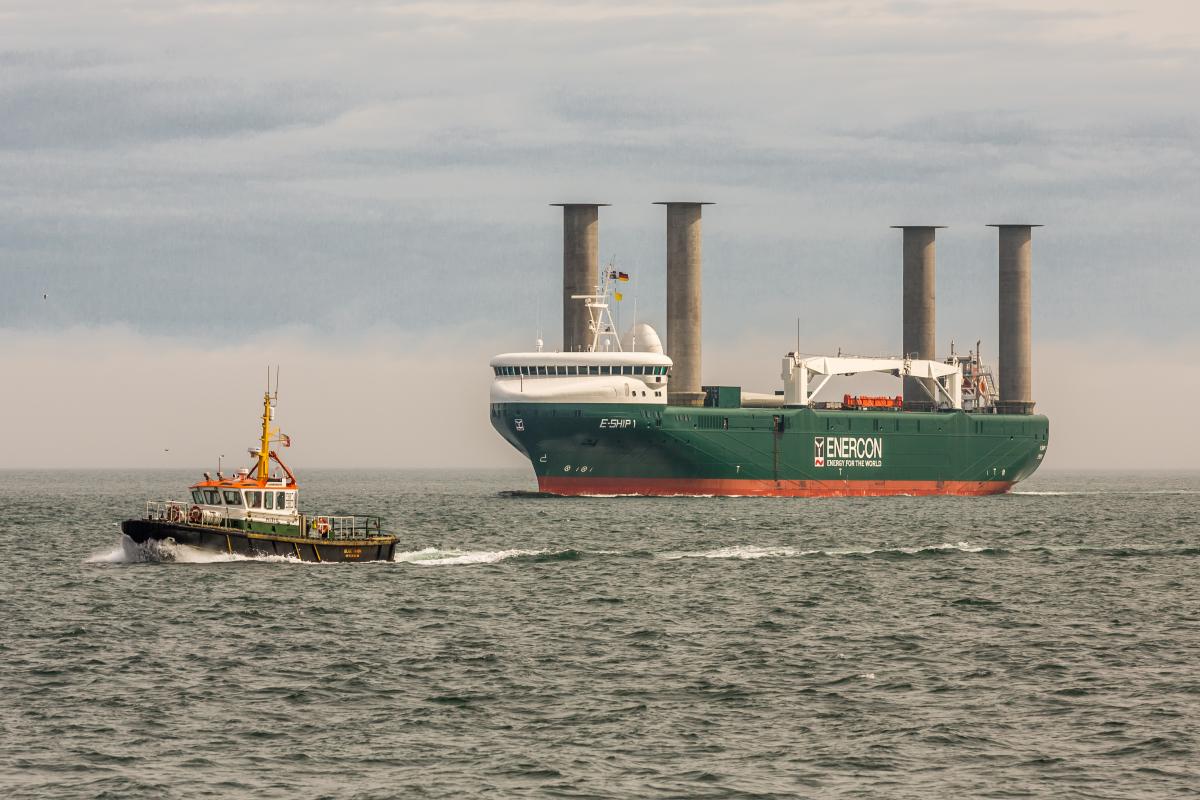Progress on cutting aviation emissions is hampered by supply concerns, but shipping is navigating even trickier waters
There was some hard lobbying for shipping and aviation to be brought into the scope of the Paris climate agreement in 2015. Their carbon emissions grew at double the rate of other sectors between 1990 and 2010, and without radical action there is a danger they will hoover up much of the global carbon budget “permitted” under the Paris Agreement. But failure to agree who is responsible for emissions released by ships and aircraft into international spaces means there are still no binding targets.
Action outside of the UN process has been painfully slow. But last year, the UN’s aviation agency, ICAO, finally managed to get a deal for a carbon offsetting and reduction scheme that will peg emissions to 2020 levels.
Offsets ‘not the answer’
Stefano de Clara, international policy director of the International Emissions Trading Association (IETA), explains that to get everyone on board, ICAO agreed a voluntary phase from 2020-2026. “But a lot of countries did opt in so 87% of emissions will be covered from the start.” The rules have yet to be ironed out: “Will airlines go for the cheapest offsets available or will the supply chain create additional pressure to do more?”
This will help contain carbon growth but all airlines agree market-based measures are just a temporary approach, says Adam Klauber, director for sustainable aviation at the Carbon War Room. The US organisation works to overcome market barriers to a low carbon economy. Biofuels are the future, he says, but “expect the field to be littered with carcasses – technology or financial victims.”
BA’s project with Solena to create 16m gallons of jet fuel a year from London’s household waste was one such casualty last year, rendered uneconomic by low oil prices and a lack of government support.

The big challenge is that aviation will be competing with other sectors that intend to use biofuels, so there will be serious implications for land use and policy support. According to the UN just keeping aviation emissions at 2020 levels is going to need 170 new biorefineries to be added every year between 2020 and 2050.
Aviation does have one huge advantage over other transport sectors in terms of fuel distribution: airports provide fuelling hubs. IATA estimates delivering biofuels to 190 airports would fuel 80% of flights.
The price of biofuels has fallen, but they’re still comparatively costly, at around double the price of kerosene. Demand is needed to encourage production at the sort of scale that would cut costs. And that needs investment. It’s a vicious cycle. Airlines are trying to create the market by off-take agreements and making equity investments in producers.
In the US, the Renewable Fuel Standard programme helps bridge the price gap. It mandates that increasing amounts of fuel come from renewable sources, but such policy instruments are rare. (see KLM)
Alternative fuels
Biofuels aren’t zero-carbon, but they can produce up to 80% less carbon emissions than kerosene because they emit only the carbon which the feedstock absorbed while growing. Manufacture will also produce emissions, which is why the whole lifecycle of any new fuel needs to be very carefully monitored.
Several feedstocks have met the stringent technical standards for their use in aviation. So far the industry is testing blends of between 30% and 50% biofuel to kerosene mix. The challenge is to develop a supply chain from genuinely sustainable sources that don’t cause indirect land use changes.
United Airlines and KLM are buying fuel made by AltAir, from renewable agricultural waste and used cooking oils; New Zealand’s Lanzatech has engineered a microbe that can convert waste carbon dioxide from industrial plants into alcohol, which is further processed to convert it to jet fuel. Pre-production plants are running in China, and Air New Zealand and Virgin Australia are guaranteed customers. United Airlines and Cathay Pacific have invested in US-based Fulcrum Bioenergy, which will be producing biofuel from gasified municipal solid waste in 2019. The biorefinery is being built in Nevada by Abengoa, which itself produces renewable energy.

Forest biomass is proving attractive in Scandinavia and the US, but depending on the type of forest material used, greenhouse gas emissions could actually increase. Using fast-growing crops like poplar, or waste from sawmills might produce fewer emissions. Airlines will want to see lifecycle analysis and know that fuels are certified by the Roundtable on Sustainable Biomaterials [TS2] (RSB). In Europe, there are no biofuels available that meet the EU RED standard (based on RSB). “The amounts available are very limited and meeting certification criteria under RED is too expensive to incentivise the measure,” according to Fokko Kroesen, corporate manager for environmental strategy at KLM.
Efficiency gains
Airlines agreed a voluntary target of a 25% reduction in fuel consumption by 2020, compared to 2005 levels. Since each kilogram of fuel saved avoids 3.16kg of CO2, huge gains can be made by improving efficiency. Freight carrier Fedex set a target of 30% fuel efficiency savings, which it achieved five years early in 2015. It’s now committed to using 30% alternative jet fuel by 2030. At its hub, organisational improvements have cut taxiing time, saving fuel.
One of the world’s biggest freight companies, UPS, is replacing the aluminium and polycarbonate containers that hold packages on board with fire-resistant containers that are 27-45kg lighter. In 2015, this initiative saved 662,000 gallons (2.5m litres) of fuel. Installing “blended winglets” – upward sweeping extensions on wing tips – reduces drag and saves fuel; jet engine washing removes particulates (which would otherwise affect engine performance); even replacing pilots’ paper flight manuals with tablet computers helped cut fuel consumption. Taken together, UPS says it’s avoided 111,000 metric tonnes of CO2 emissions since 2010: the equivalent of taking just over 23,000 cars off the road for a year.
Airports
It’s not just in the air that differences can be made. Last October 17 airports from around the globe, along with Carbon War Room, signed the Airports Sustainability Declaration, committing to collaborate to share innovations and best practice to improve sustainability. One signatory, Gatwick Airport has an ambitious plan to cut emissions by 32.6% and energy use by 16.5% by 2020. This month it opened a new £3.8m plant, developed with logistics group DHL, that will allow it to turn cabin waste from international flights, known as category 1 waste, into energy to power the plant itself and heat the north terminal, the first facility of its kind in the world. The new plant will deal with 2,200 tonnes of category 1 waste Gatwick processes each year, boosting the airport’s recycling rate from 49% today to 85% by 2020.
Stewart Wingate, Gatwick’s CEO said Gatwick’s rigorous target to cut its emissions was working: “Despite passenger numbers doubling, our environmental footprint is better today than it was in the early 1990s.”

Heathrow, the other UK signatory to the declaration, this month announced its Heathrow 2.0 sustainability strategy, promising that its planned third runway expansion will not add to the airport's CO2 emissions.
Shipping
In comparison with the progress made on air emissions, the shipping industry is all at sea, with no chance of eliminating fossil fuels any time soon. It’s taken years of discussions just to reach the point where – next year – the International Maritime Organisation will produce a roadmap for cutting emissions. What that plan looks like will be subject to many political battles. “We want to see a long-term emissions trajectory to bring shipping in line with the Paris Agreement.” says John Kornerup Bang, head of strategy and shared value projects in Maersk transport and logistics.
The IMO will also require large ships (over 5,000 tonnes) to log fuel consumption data (the EU requires owners of large vessels arriving and leaving from its ports to report CO2 emissions from 2018). IMO member governments have also agreed to curb air pollution through a cap on sulphur emissions.

The industry has set up the Sustainable Shipping Initiative – which tackles a range of issues from the way our oceans are used, to the treatment of communities living around ports. “Shipping is a bit invisible: people don’t understand how much in their home comes by sea,” says SSI general manager Ian Petty.
Meanwhile, better routing, slower speeds, improved scheduling and agreed arrivals; biocide-free anti-fouling coatings, which protect ship hulls against corrosion; and the attachment of marine creatures are all having an impact on fuel consumption. Anti-fouling coatings can improve efficiency by 5-10%.
SSI is trying to push new technologies. Wind – through the use of kites and sails – and large rotating cylinders, called Flettner rotors, offer opportunities to cut fuel consumption between 10 and 60% according to modelling carried out by University College London. Flettner rotors were designed in the 1920s, but it is only relatively recently that they’ve been explored as an extra means of propulsion to cut fuel consumption. German wind turbine manufacturer Enercon has its own turbine delivery ship, which uses four Flettner rotors to assist the diesel engine, and cut fuel consumption by around 15%.
Some inspiration may come from the Ecoship[TS4] , expected to make its maiden voyage in 2020. It will carry passengers, not cargo, but its 55,000 tonnes will be hauled by a hybrid (LNG/ marine diesel oil) propulsion engine; renewable energy for added propulsion will come from solar-panelled sails and retractable wind generators. The shape of the whale has inspired its aerodynamic hull, which is emblazoned with branding for the Global Goals; waste water will be recycled and waste heat from cooling systems re-used. All these innovations could cut emissions by 40%.
Need for regulation
Petty explains that available technologies such as new propellers are not being widely taken up because of access to capital, and so-called split incentives. A ship owner may pay for upgrades, but the charterer of the vessel – who pays for fuel – gets the benefit. SSI is working on financial models that will overcome these hurdles.
To meet COP21 targets, shipping needs to cut its emissions by 25-30% each decade: “Technologies will get us small improvements but a step change is needed.”
Kornerup Bang of Maersk wants to see a levy on fossil fuels – if the price can be right – rather than the carbon offsetting measures that have been agreed in aviation. A levy, he says, will provide a much more straightforward signal to the industry.
“The next big leaps will have to come in innovation and public policy – legislation to disincentivise the free riders and incentivise big capital innovation.”
This article is part of our sustainable transport briefing. See also:
Delivering the Paris Agreement
DPDHL goes electric to power zero carbon drive
Boxing clever to cut emissions
KLM asks customers to fill biofuels funding gap
Heathrow carbon-neutral plan still blue-skies thinking
biofuels transport logistics Aviation shipping Paris Agreement emissions
